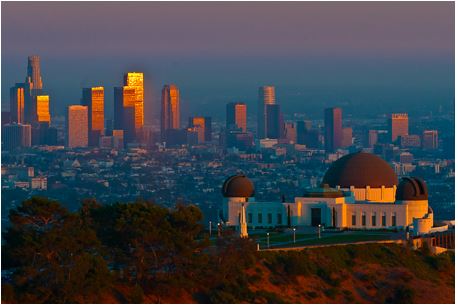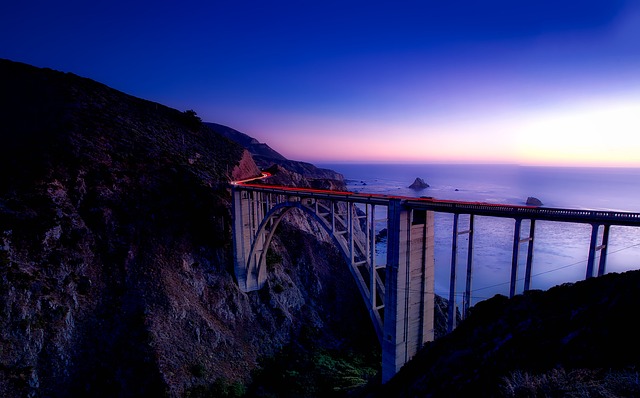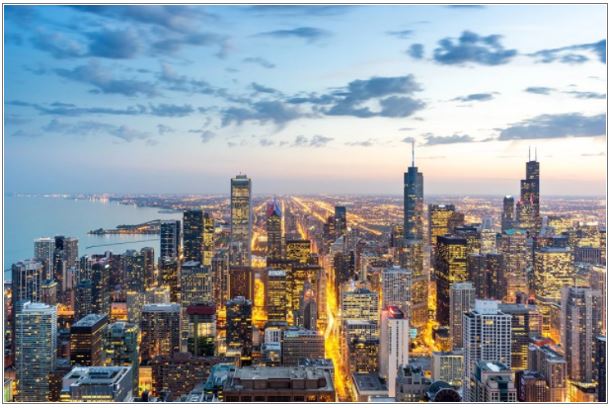How is Fault Determined in California After a Motorcycle Accident?
If you have been involved in a motorcycle accident in California, you need to prove that the crash was caused by the other party so that their insurance company can offer you compensation. This is where it’s important to build a strong case in your favor. Therefore, it is advisable to retain a legal expert who can evaluate your case, collect the necessary evidence, and determine the party that caused the collision. They will be able to determine whether this case is worth pursuing or not. The insurer and your attorney will consider the following factors to determine the party at fault in a motorcycle accident.
The police report
This is a report written by the police at the accident scene and it can prove who caused the collision. The police officer’s information and opinion on who is responsible for the crash can affect an insurer’s decision. The police report usually contains crucial information about the crash including interviews with the drivers, the location and damage to the motorbike or vehicle, interviews with witnesses who were at the scene, and whether either of the drivers appeared to be drunk. It also includes information like whether skid marks were made to brake, whether the bike or vehicle was malfunctioning, and whether they looked at the footage of the collision. If one of the parties involved in the collision is charged with a crime or cited for a traffic law violation, it can serve as evidence of fault and will be difficult to challenge. However, since drivers can lie and officers can make mistakes, the insurers and your attorney will consider additional evidence like video footage, witness statements, and the extent of damage to the vehicle or bike.
No-doubt liability accidents
Fault for some motorbike collisions is known as no-doubt liability, which means that one party is always to blame for the collision due to the circumstances of the crash. For example, if a motorist hits a motorcyclist from behind, the driver is usually the one to blame. It’s mainly because it is assumed they should have left enough space between their vehicle and the bike, and they should have stopped in time. Moreover, if a motorist is backing up and hits a cyclist, then the driver will be responsible for the collision. In addition, if a driver runs a red light, then he or she will be held liable for the collision.
Comparative Negligence
California is an at-fault state, which means that a motorist who causes the collision is required to compensate the other driver for their losses. California also follows a law known as pure comparative negligence, which is applied to motorbike collisions. Under this law, every party that is involved in the collision is assigned a percentage of fault. Therefore, if you are not 100% to blame for the collision, you can get compensation, but it will be reduced. For example, if you get awarded $100,000 but are found to be 20% liable for the collision, you will only receive 80%, or $80,000.
Conclusion
If you are a victim of a collision and you would like to receive compensation, you should work with a qualified and experienced lawyer. They can collect and provide substantial evidence to make sure the fault falls on the party that truly caused the collision. They understand how the system works and will work it in your favor. It’s in your best interest to find a lawyer that works for you and your situation. The quicker you are to do this the more likely you are to get compensation for your crash.






